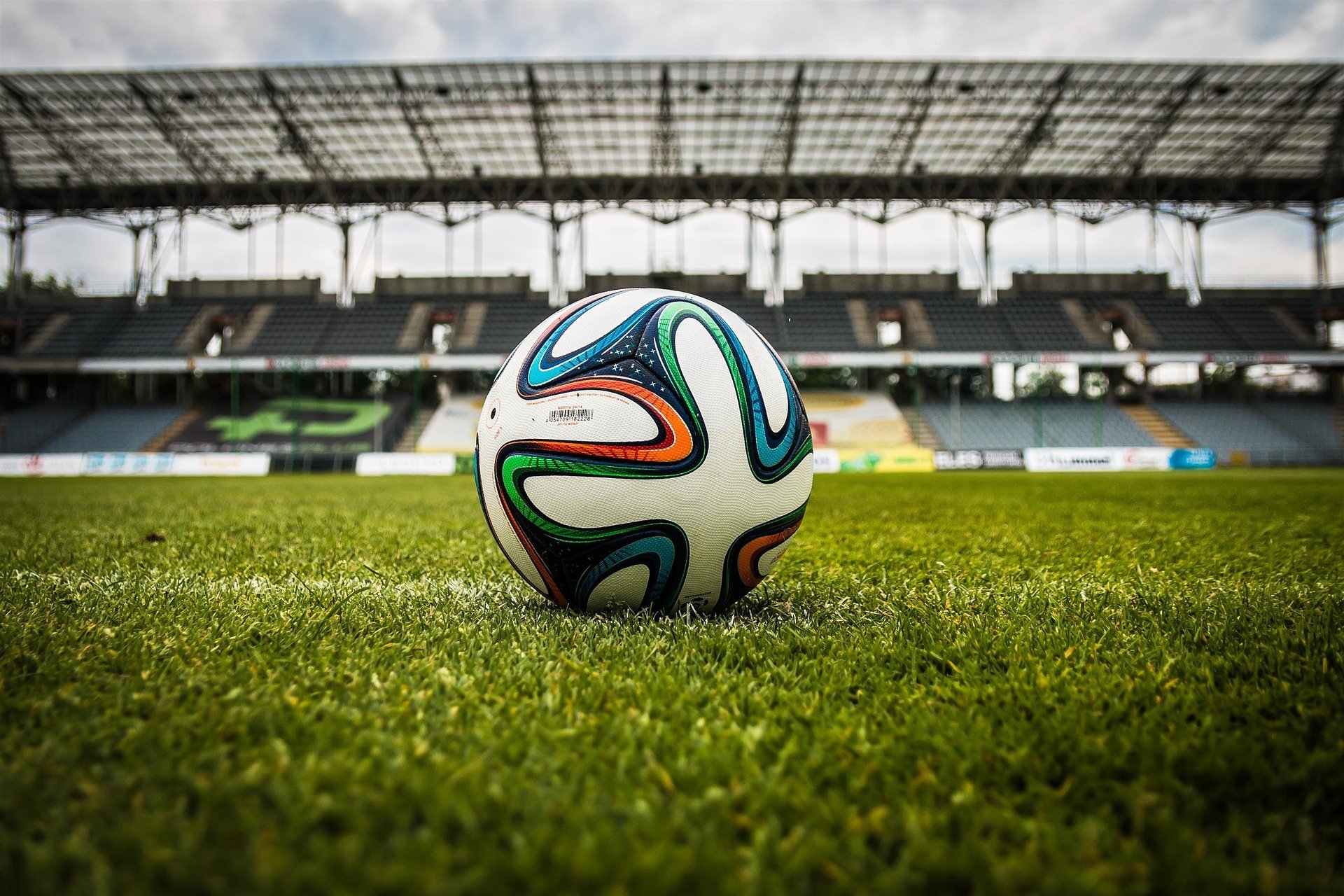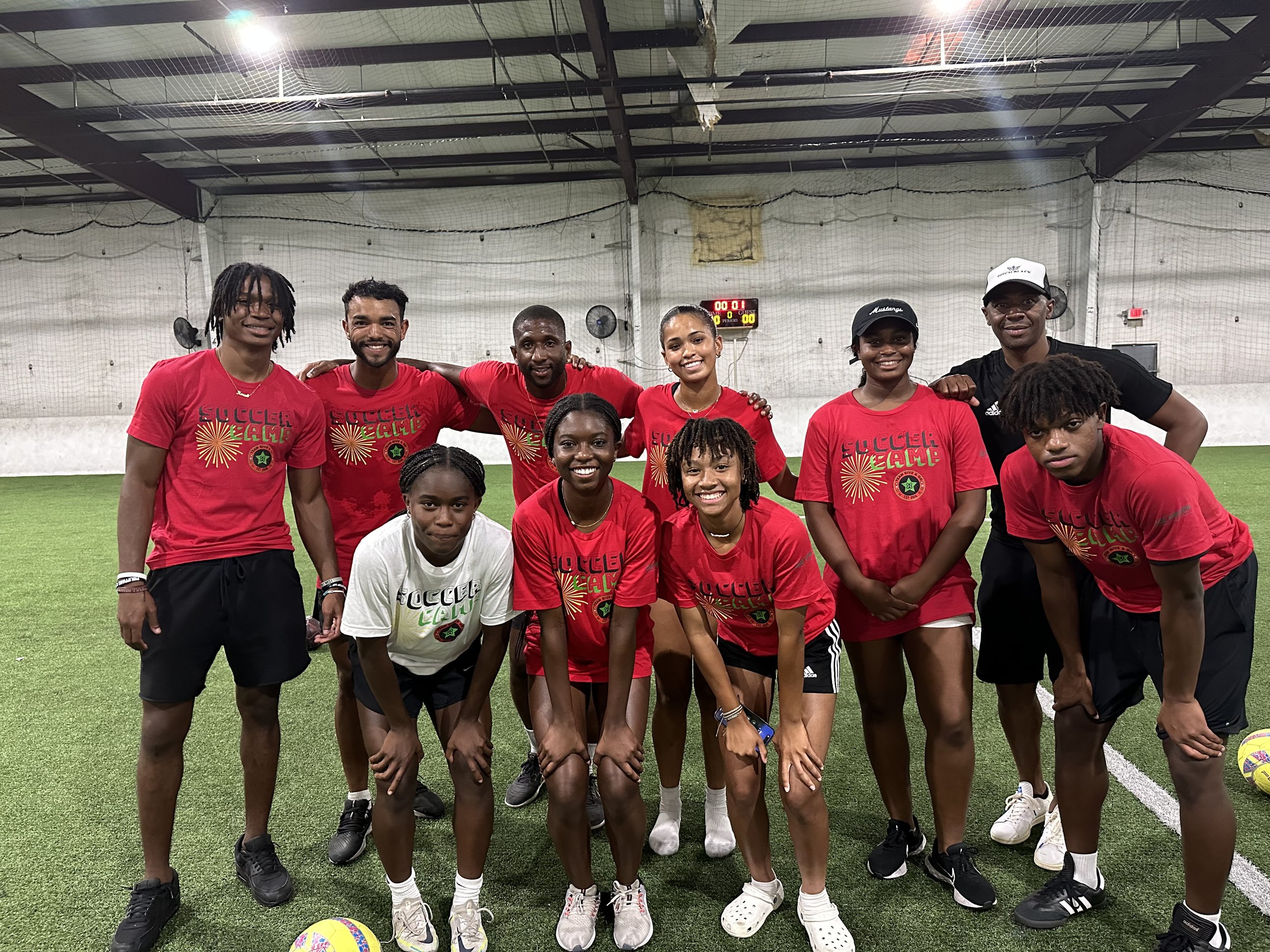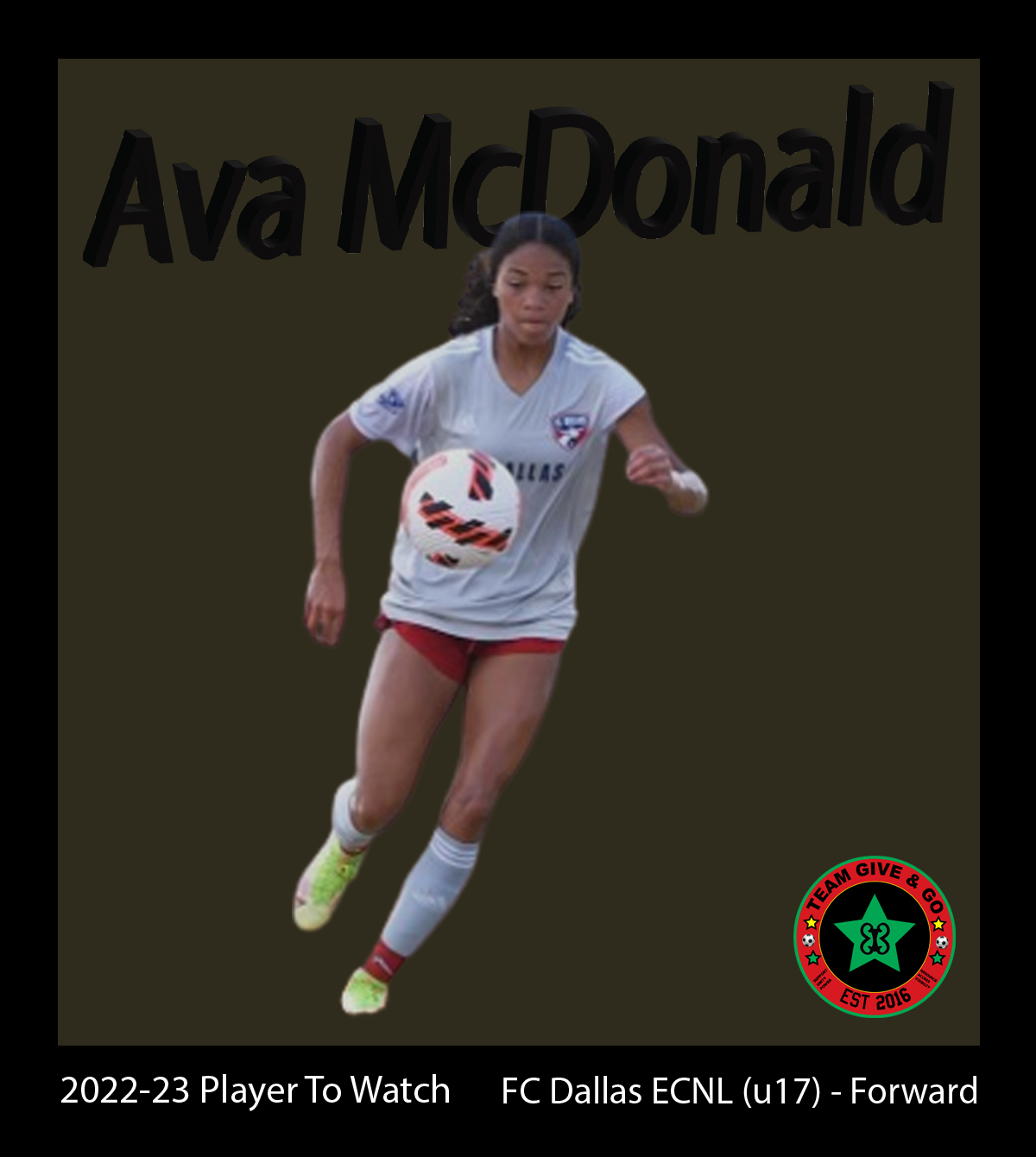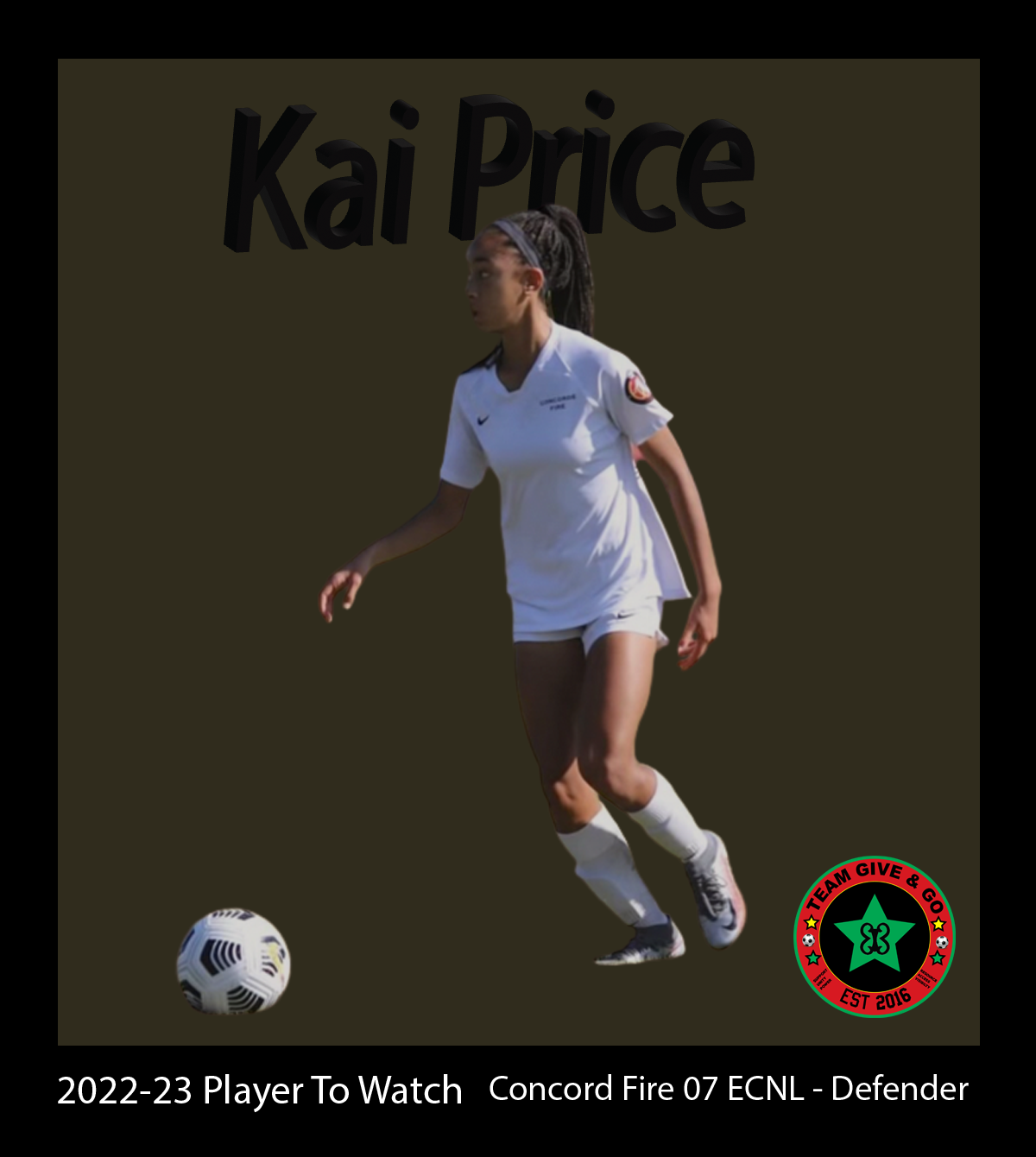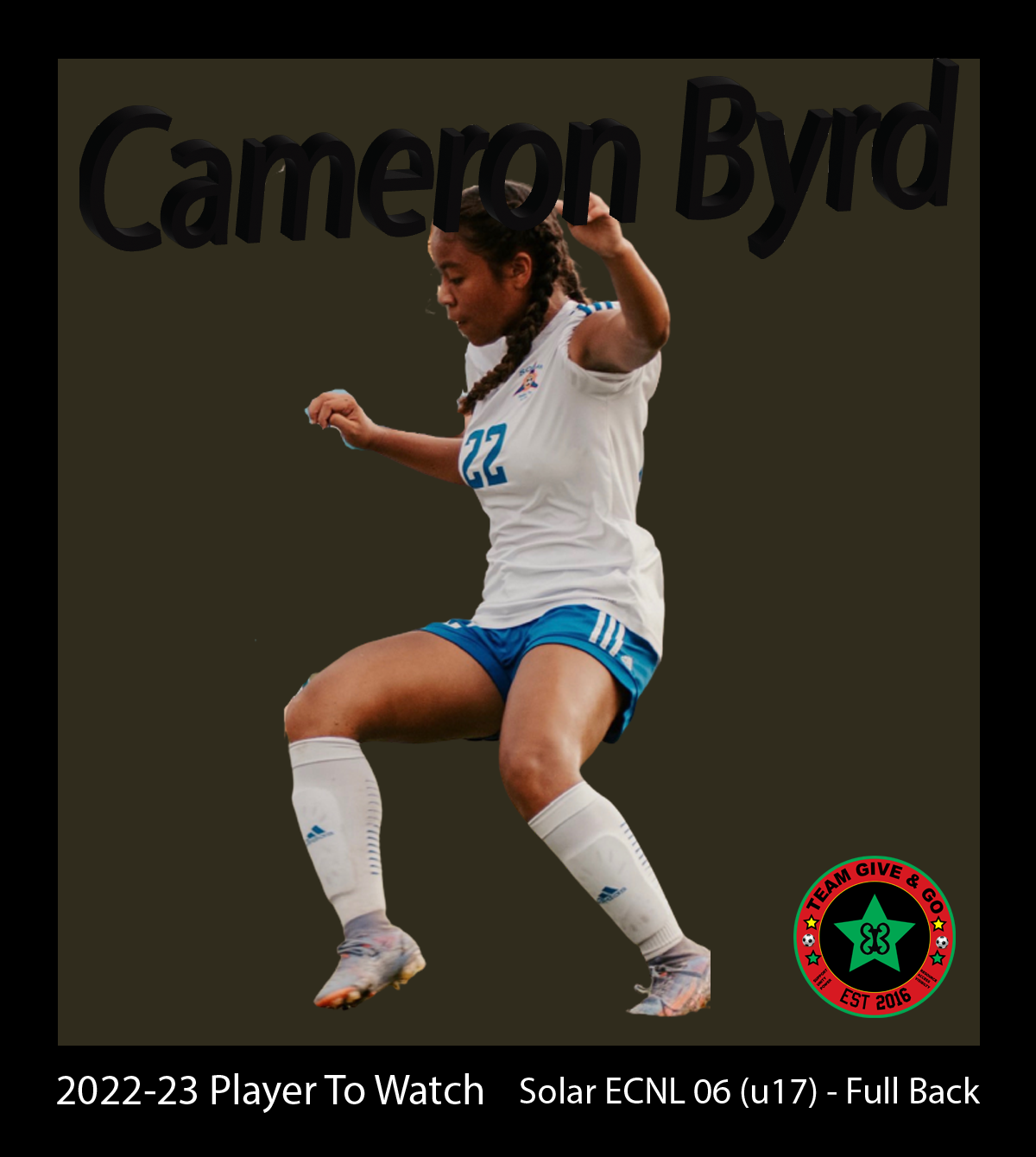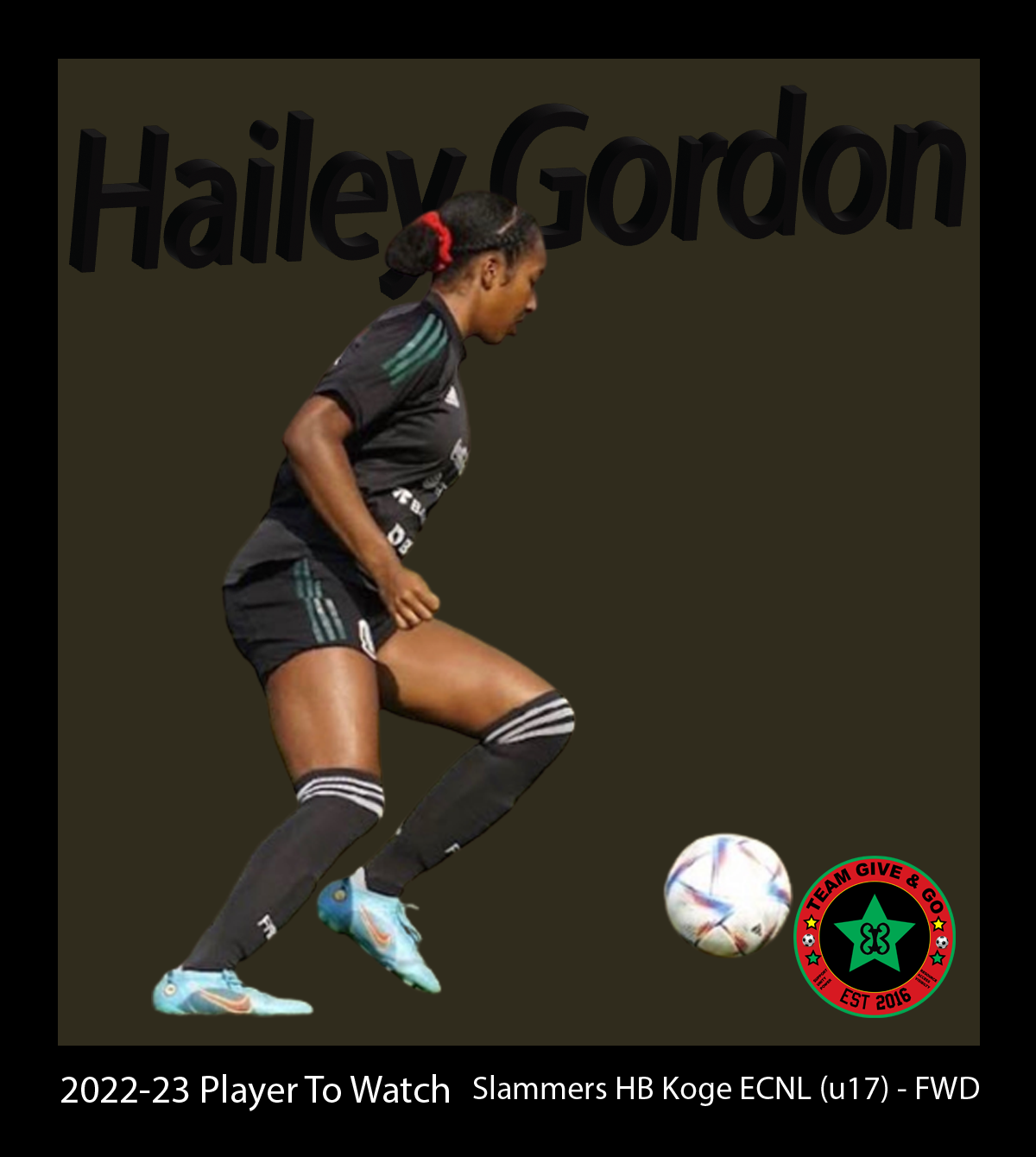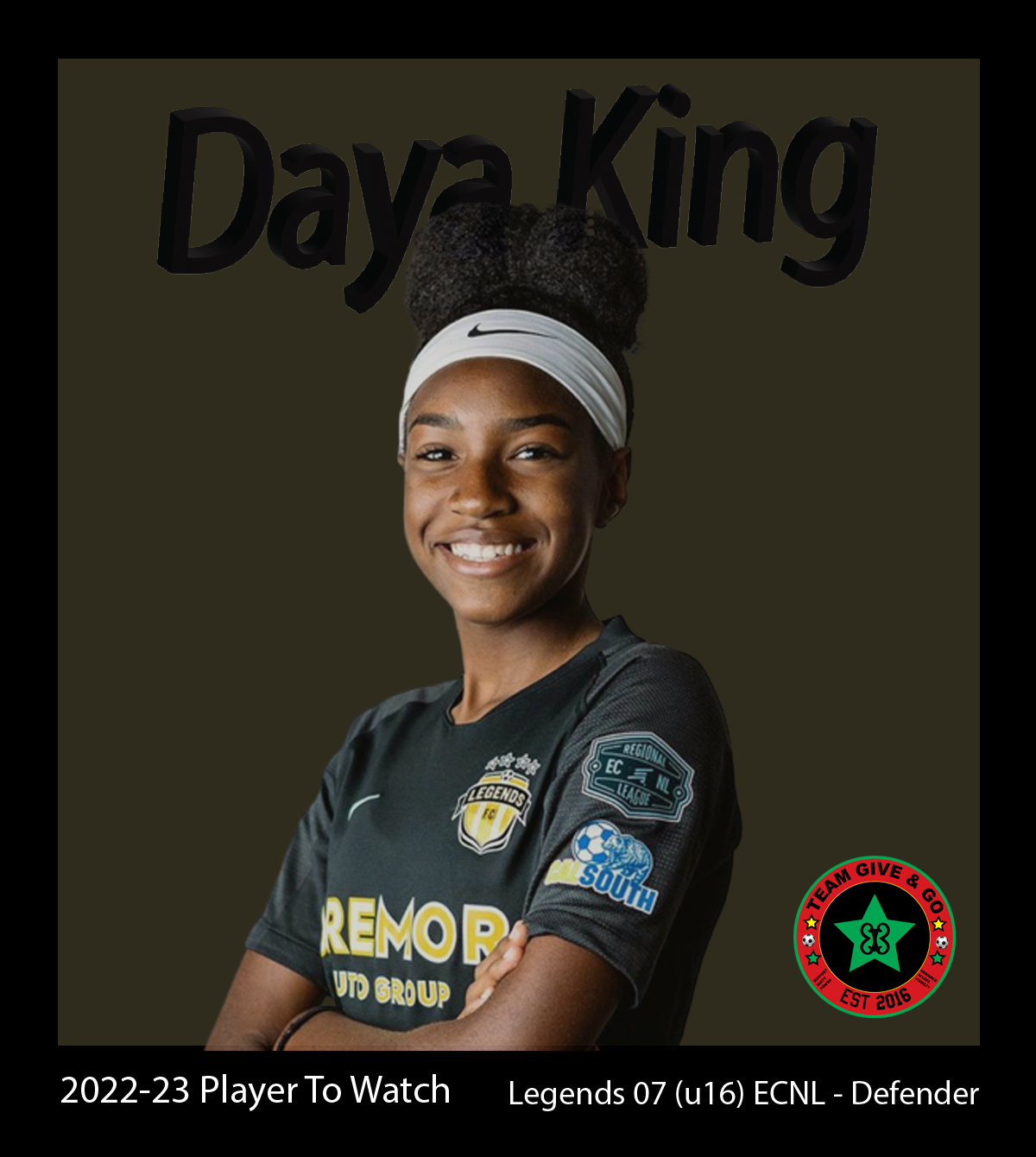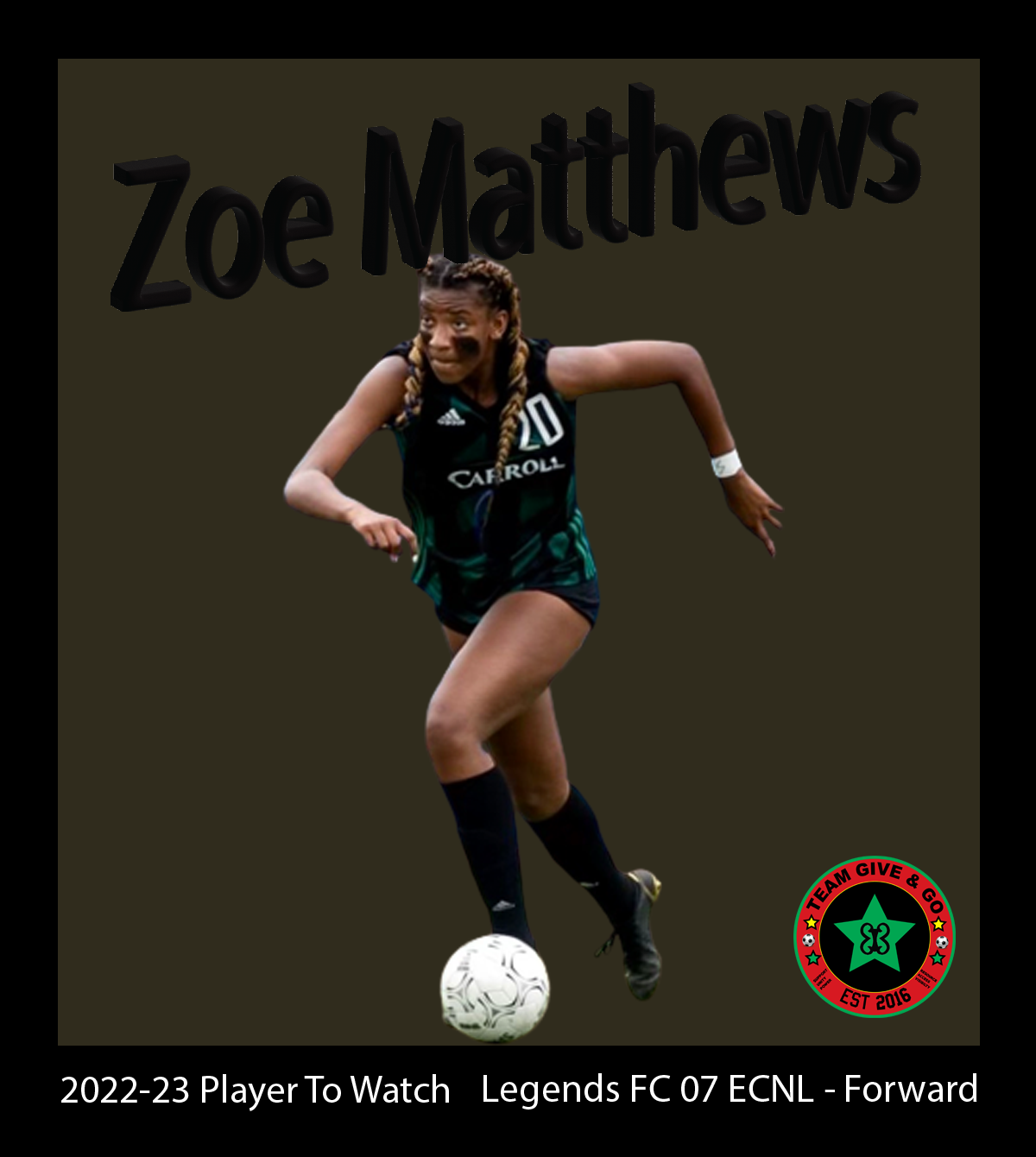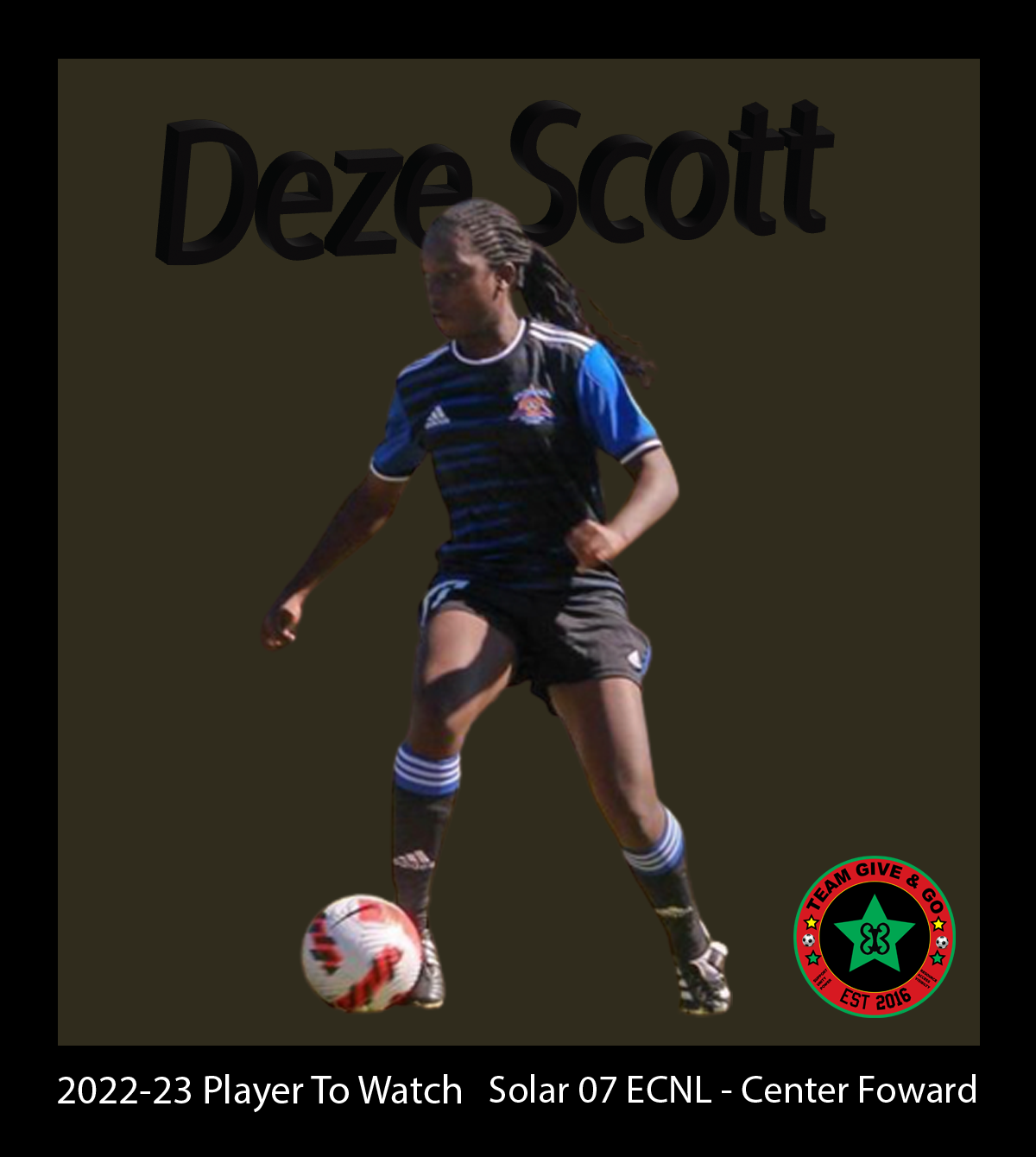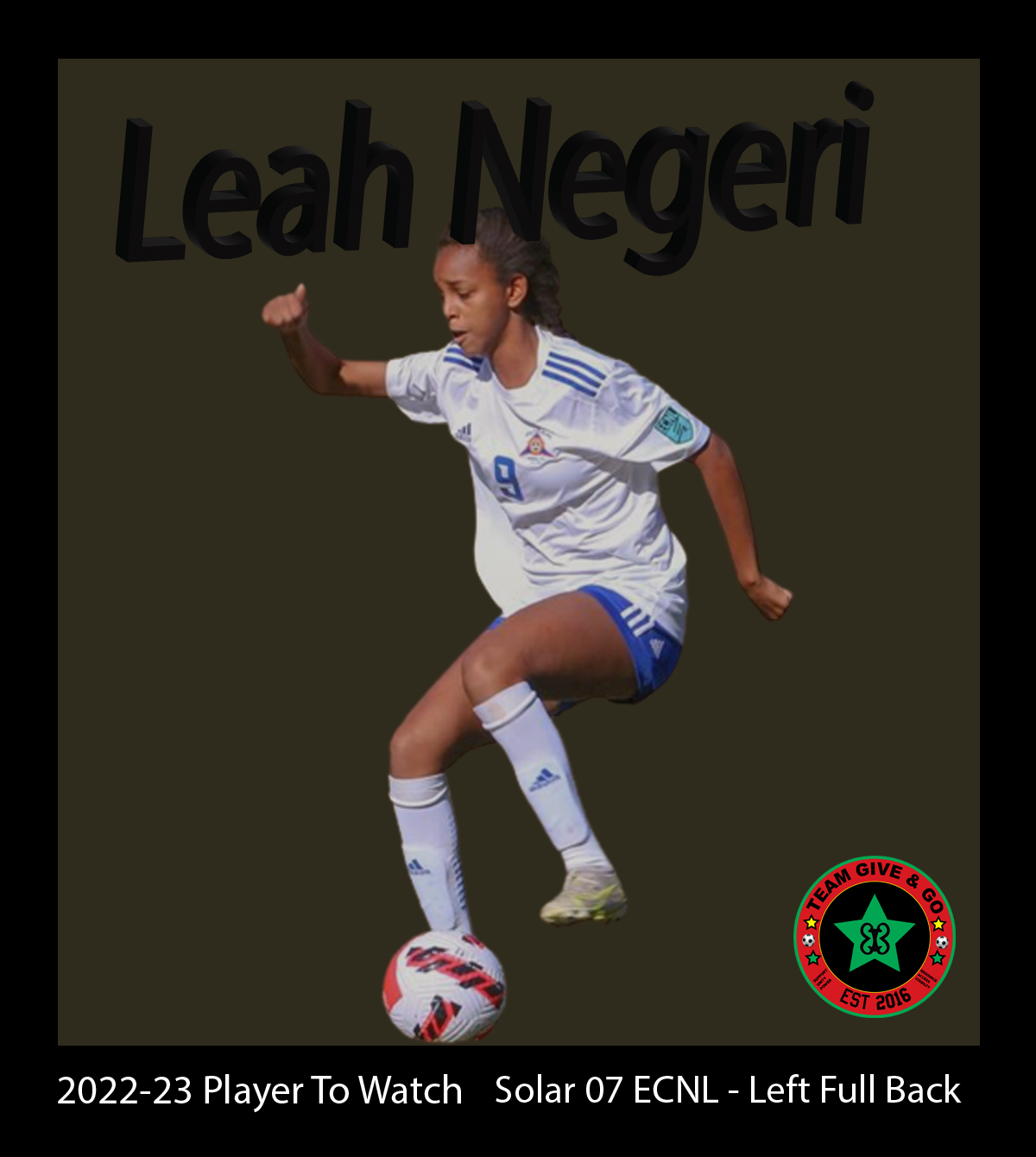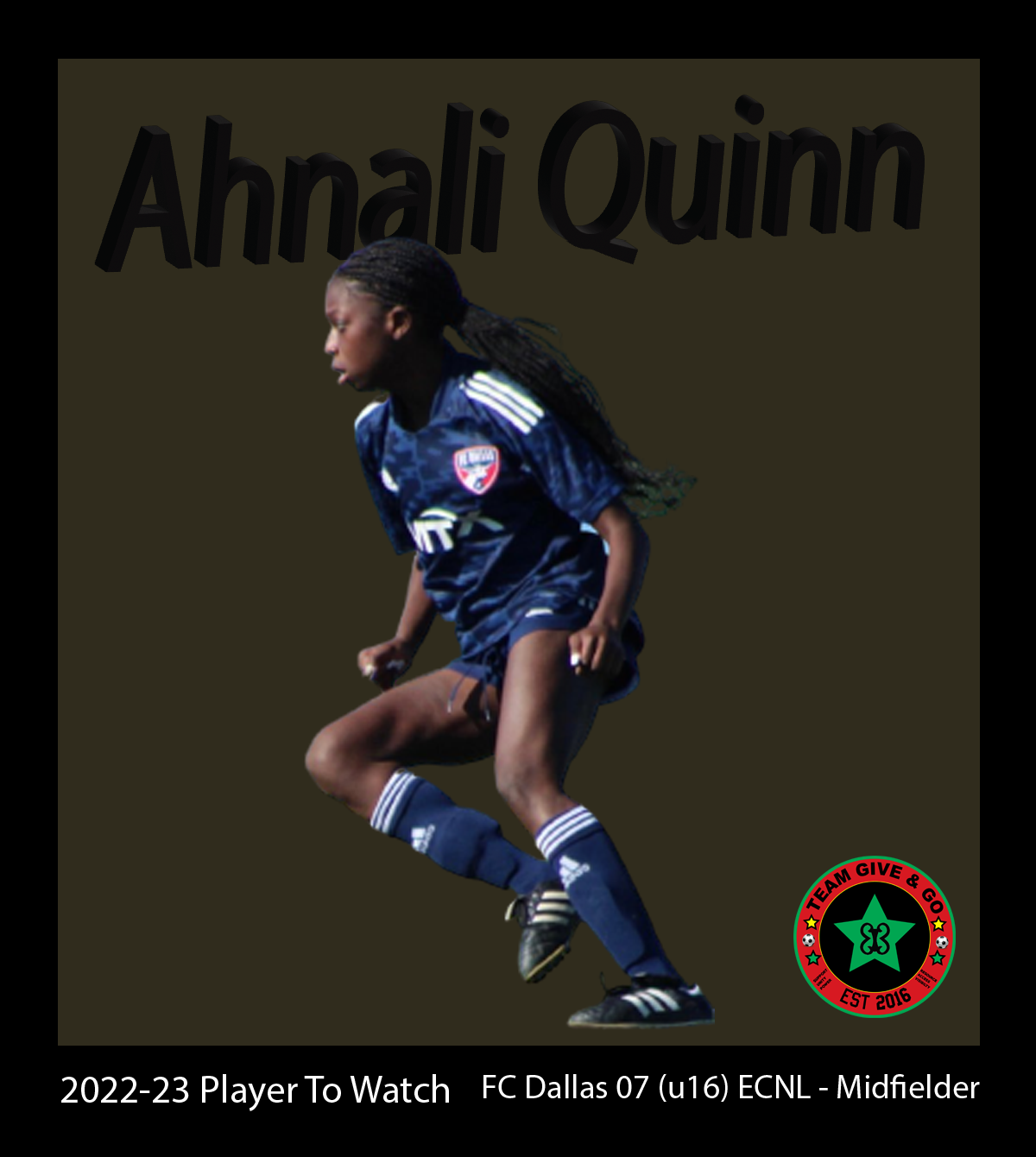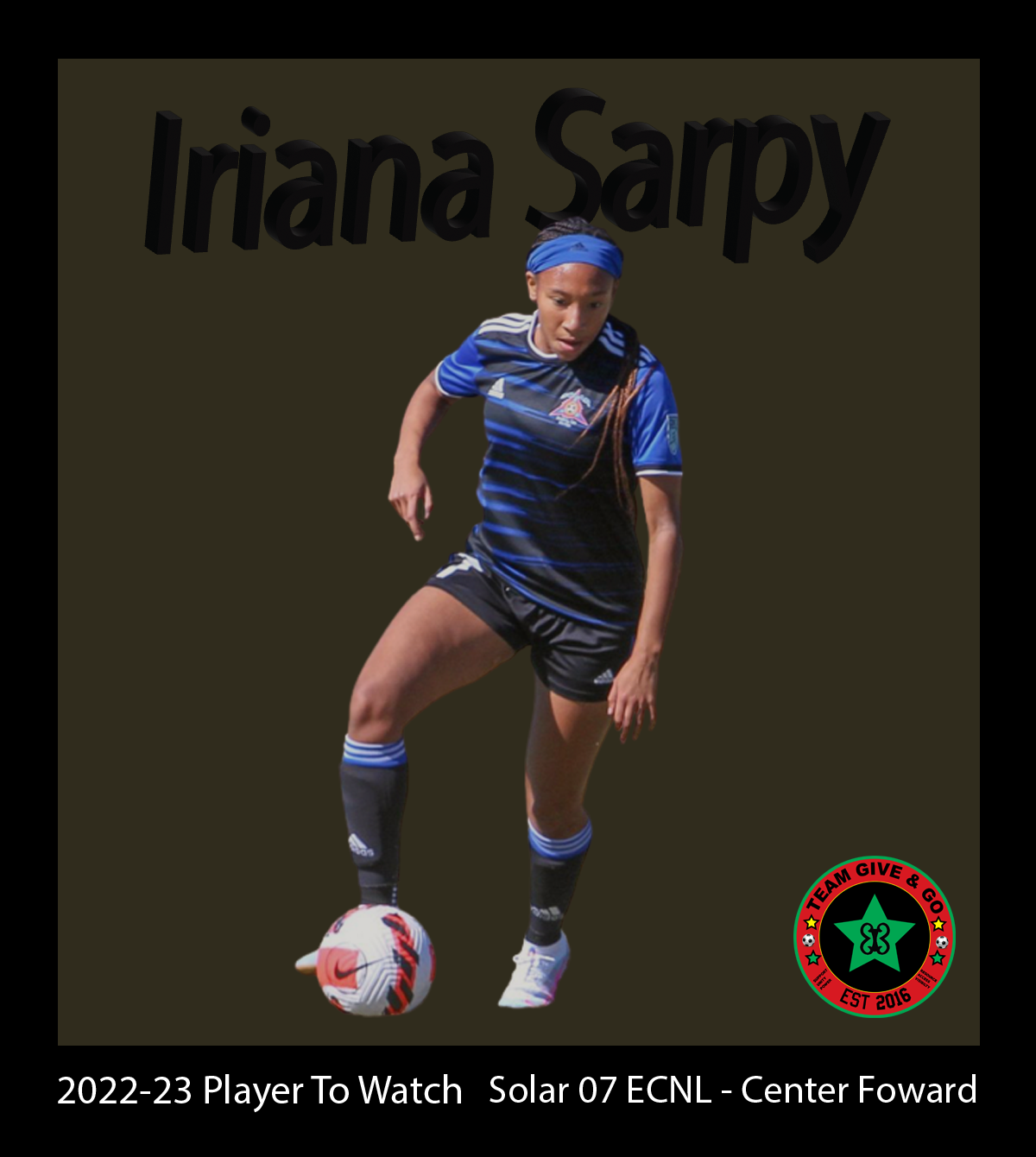What are the Different Types of Offers I Could Get?
One of the first surprises for many student-athletes and their families is the disappointingly low number of full-ride athletic scholarships available. What may be just as surprising are the many different types of offers athletes can actually receive from a school. To better understand the basics of athletic scholarship offers, here are a few key facts you should know:
Most offers are typically one-year agreements. Although multi-year offers are becoming more popular, they are still rare.
Verbal offers from a coach are not binding agreements.
The National Letter of Intent (NLI) is a legal binding contract between an athlete and the school. Since it is a contract, it is important that you fully understand the agreement.
Hopefully, knowing these terms will give you a better understanding of the offers you may receive. Let’s take a quick look at the most common offers a student-athlete may receive from college and universities.
Insider tip: Read What Verbal Offers and Commitments Really Mean for Your Athlete
Full-ride scholarship offer
Full-ride athletic scholarships are only available in six college sports:
Football
Men’s Basketball
Women’s Basketball
Women’s Gymnastics
Tennis
Volleyball
These are known as head count sports that create revenue for the school. A full ride covers the major costs of attending college like tuition, room and board, books, and some course fees. The term “full ride” doesn’t mean for the “full four years.” Full ride scholarships, like all offers, are one-year agreements that may or may not be renewed.
Partial scholarship offer
The remaining sports or “equivalency sports” in NCAA Division I and II are where coach essentially have a pool of scholarship money that they can divide up amongst their team. While not a full ride, a partial scholarship offer can still cover a significant portion of college costs or very little. It may be that one student-athlete on a team gets a scholarship that covers tuition, while a teammate may only get offered a scholarship that covers the costs of books.
As a response to COVID-19, NCAA D1 Council adopted legislation that loosened regulation regarding need-based aid and academic scholarships that are not tied to athletic ability. Starting August 1, 2020, teams in equivalency sports will not have any athletes’ need- and academic-based aid count against the maximum athletic scholarship limit. Prior to this update, athletes had to meet certain criteria for their additional aid to not be counted against a team’s athletic scholarship limit.
Teams will still have a maximum athletic scholarship cap, but student-athletes can seek to stack as much need-based aid and academic scholarships on top of their athletic scholarship as they qualify for. With school and family budgets being impacted by the coronavirus, this rule change should allow sports programs that have available funds to extend more money to families and athletes that need it—especially at pricier private colleges.
While a partial scholarship might not be enough to compensate for an athlete’s financial needs, NCSA’s Senior Recruiting Manager David Kmiecik shares how student-athletes can leverage scholarship offers and find additional resources to cover the cost of college.
Are Ivy League or Top-50 colleges on your target list? CollegeAdvisor.com offers 1-on-1 guidance from admissions experts to strengthen your college applications and boost your chances of admission.
Preferred walk-on offer
Not all offers come with a monetary reward. Sometimes, the reward is simply a spot on the roster. Walk-ons are far more common in college sports than most families and student-athletes realize. It’s important to understand the distinctions between the different types of walk-ons as you navigate the recruiting process.
A preferred walk-on offer means the coach would like you on the team but cannot (or won’t) offer any financial assistance at least for the first year. Preferred walk-ons can earn a scholarship going into their second season, but nothing is guaranteed. Some student-athletes will turn down scholarship offers at smaller schools to play for a bigger program as a preferred walk-on.
Do preferred walk-ons sign on signing day?
Technically, preferred walk-ons don’t have anything to sign on Signing Day, as they aren’t receiving an athletic scholarship. However, walk-ons are an essential part of a successful team, and college coaches want to celebrate their signing, as well. Ask your future coach about having something to sign, especially if your school is throwing a Signing day party. Don’t forget to rep your new school with some gear!
Recruited walk-on offer
A recruited walk-on offer means there is interest from the coach but no financial assistance and you must still earn a spot on the team through additional try outs or summer training camp. Although there is no financial assistance or even a guarantee of making the team, some student-athletes still view a recruited walk-on offer as a great opportunity to be play at the highest level of competition.
Unrecruited walk-on offer
Typically, this is when a student-athlete qualifies for admission to the school and plans to join the team through an open tryout. In this scenario, there is usually a conversation with the college coach prior to enrollment to confirm the student-athlete will be able to try out for the team.
There is a lot to consider with any type of walk-on offer. This is especially true if you have scholarship offers from other schools.
Read more: The 5 Most Commonly Asked Questions About Being a College Walk-On
The multi-colored shirts of college sports
While “redshirt” may be a familiar term to many student-athletes and their families, there are actually a number of different shirt color terms that designate a student-athlete’s eligibility status. The color also shows how a coach sees a recruit contributing to the program in both the short-term and long-term.
Redshirt scholarship offer
Typically, a redshirt athlete will have a scholarship but cannot compete for one year. They will participate in all team activities like practice, training, and receive benefits such as academic tutoring, but they will not see any playing time. However, they will get an opportunity to play four seasons in five years. Reasons for being redshirted include a coach wanting a year to physically prepare an athlete for college competition, or a chance for a student-athlete to recover from an injury. An “academic” redshirt would be a freshman who may not meet the academic eligibility requirements coming out of high school.
Grayshirt scholarship offer
This is one of the more challenging offers from a college coach. A grayshirt is an incoming college freshman who postpones enrollment for a semester. Instead of enrolling right away in the fall, a grayshirt freshman enrolls in classes for the second term (winter) of freshman year. During their first semester of college, a grayshirt does not enroll as a full-time student. Instead, they only take part-time classes. A grayshirt also does not join the team, practice with the team or receive a scholarship during their first, part-time semester.
The NCAA allows student-athletes five years to complete four years of sports eligibility after enrolling, so this means a grayshirt NCAA athlete officially starts their athletic eligibility once they enroll full-time. Most coaches try to be clear about extending grayshirt offers, but some committed student-athletes have been surprised to learn they have been grayshirted as National Signing Day nears.
What is grayshirting in college football? A grayshirt college football player can play in the season a full year after they graduate high school, instead of starting practice competing in games right away. This is most often done at college programs that over-sign, meaning that they sign more student-athletes than they have room for on the roster. Grayshirting helps college programs sign athletes early, with the intention of having them actually join the team in the next season.
Sometimes, injuries and roster changes can mean grayshirt status can be rescinded and an athlete will be offered a roster spot earlier than expected. But it’s important to have clear and open communication with college coaches about your role on the roster and the possibility of being grayshirted.
Blueshirt scholarship offer
Blueshirting is becoming a more popular (but hardly common) way to creatively manage the number of athletic scholarships. Blue shirt rules allow for unrecruited players to be awarded a scholarship at the start of freshman practice. Like a redshirt, they will practice with the team but won’t be allowed to play for a year. This allows a team that may have too many commits to essentially borrow against their next year’s scholarship total. The rules are rather strict in regard to what is defined as being “unrecruited.” That means there was
Given the recruiting restrictions, it is still a pretty rare occurrence for a student-athlete to be considered for a blueshirt scholarship offer.
Greenshirt scholarship offer
More and more fall sport athletes are getting a jump on their college careers by graduating in December and enrolling a semester early. The benefits to greenshirting include the chance to get ahead on classes, attend spring training and practice with your new team while on scholarship before the new fall season. Student-athletes who greenshirt are allowed to play their first year but the can also redshirt and have five years to play four seasons.
Beyond NCAA DI and DII
Statistics will tell you that only two percent of high school athletes receive athletic scholarships. Student-athletes and their families who may have had their heart set on playing for a D1 or D2 program should take a closer look at D3, NAIA, and even junior colleges for financial incentives.
While NCAA DIII schools cannot offer athletic scholarships, 80 percent of D3 athletes receive some type of financial aid. The National Association of Intercollegiate Athletics (NAIA) reports that its athletes receive on average $7,000 in financial aid. And in the often-overlooked world of junior college athletics, the National Junior College Athletic Association offers full and partial scholarships at more than 500 colleges.
Insider tip: Despite the impact that coronavirus had on college sports, as of June 1, 2021, the NCAA resumed its regular recruiting rules and activity! Coaches are actively working to fill their rosters, so student-athletes should be proactive in reaching out to coaches. Read up on how the extra year of eligibility granted to athletes who were most affected by the pandemic in 2020 and 2021 will impact future recruiting classes.
repost from NCSA

